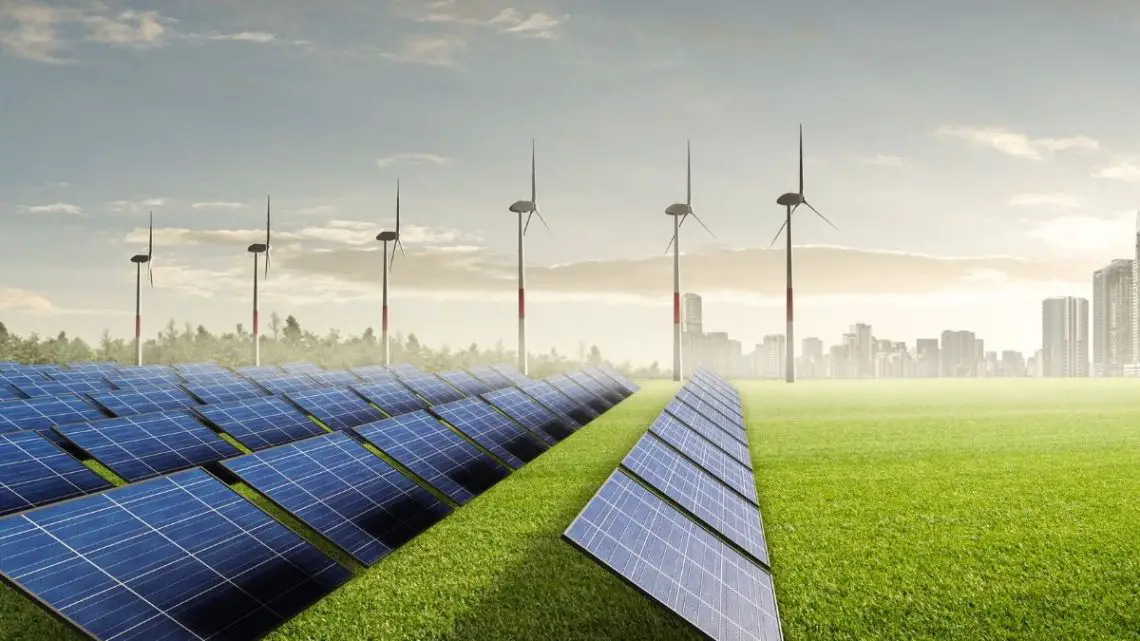
An Urgent Call for a More Efficient Solar Energy System
January 16, 2022 1 By Bob MeyerA national policy for siting the solar panels in the United States is “missing in action”.
We need a new approach, and I’ll propose a couple of ideas later in this article.
In contrast, the wind turbines that produce electricity are being installed sensibly. The map below displays our reliably windy areas in purple and red; the second shows where we put our wind turbines.
Where the wind blows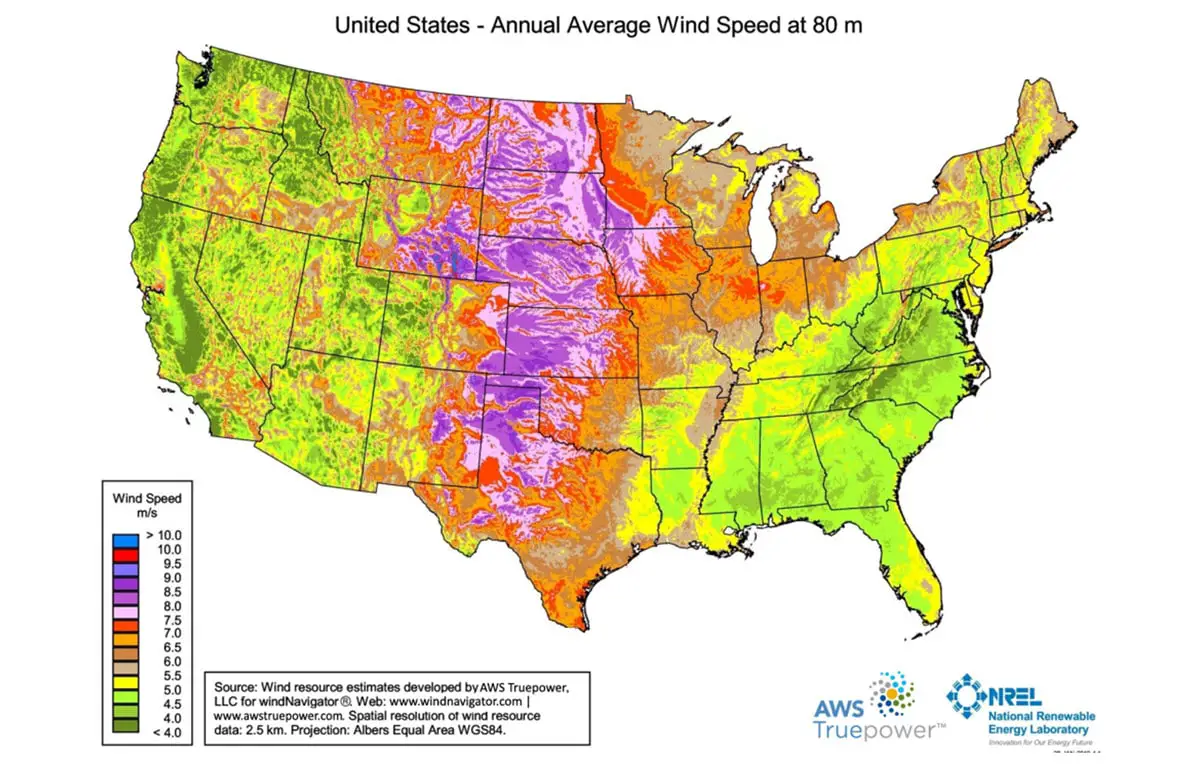
*Credit: National Renewable Energy Laboratory at https://www.nrel.gov/docs/fy10osti/48036.pdf
Where the turbines turn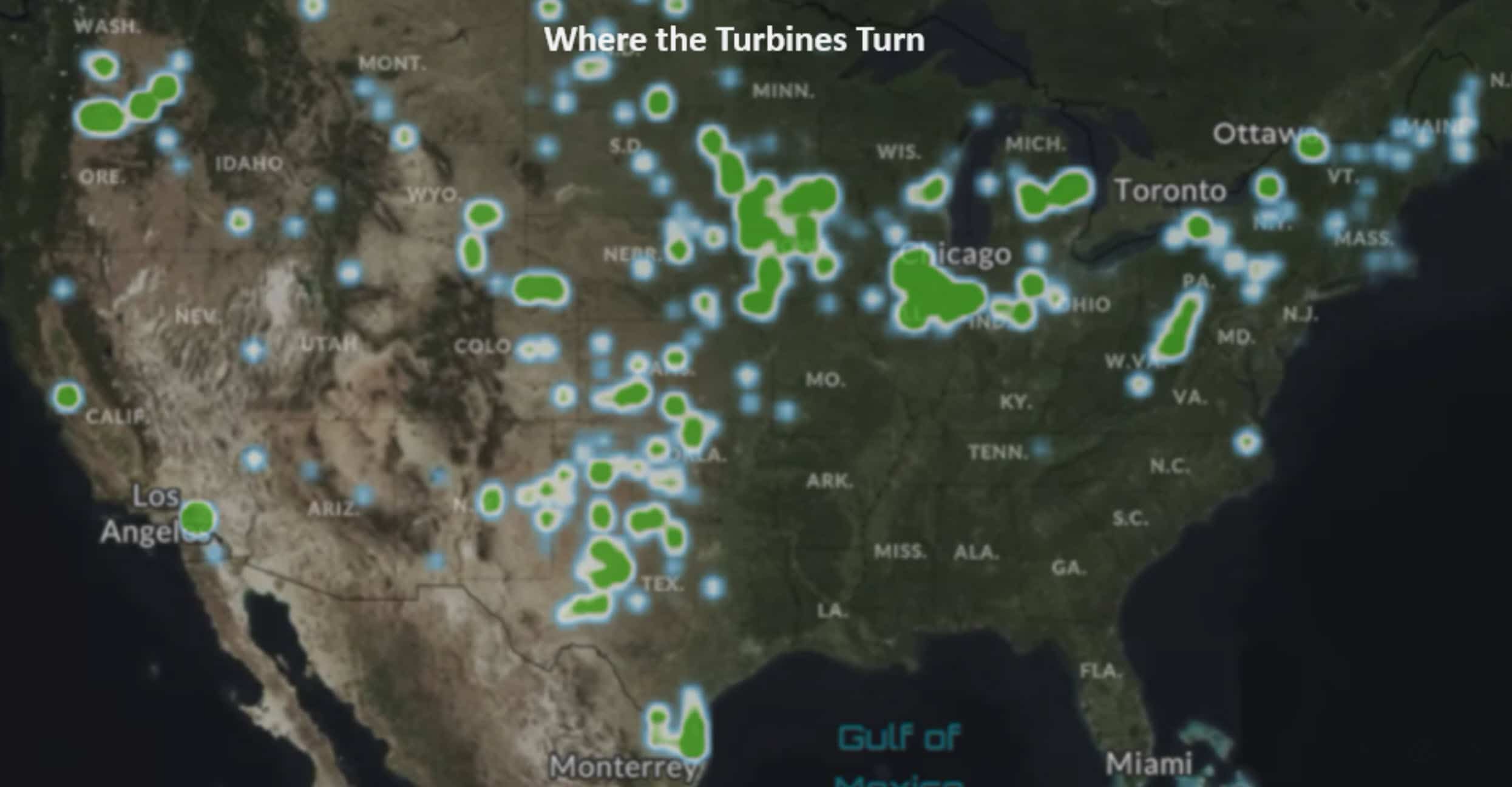
Credit: US Geological Survey
Imagine stacking one map on the other: it’s clear that the wind turbines are being installed where they should be. We should expect the same efficient pattern for solar panels – we’re likely to spend a lot of money on them during the next 30 years!
Let’s do a little detective work to see what we’ve been doing with solar, so far. The map below shows our annual solar energy availability. It’s clear that a southwestern solar panel will work better than one in the northeast, especially toward winter as the sun moves south. When we install the panels on home rooftops, we cut efficiency even more: most roofs aren’t sloped or oriented to maximize solar power. Plus, as we’ll see — the cost of a rooftop solar installation is far higher than, say, simply adding the panels to a large, ground-level system.
Where the sun shines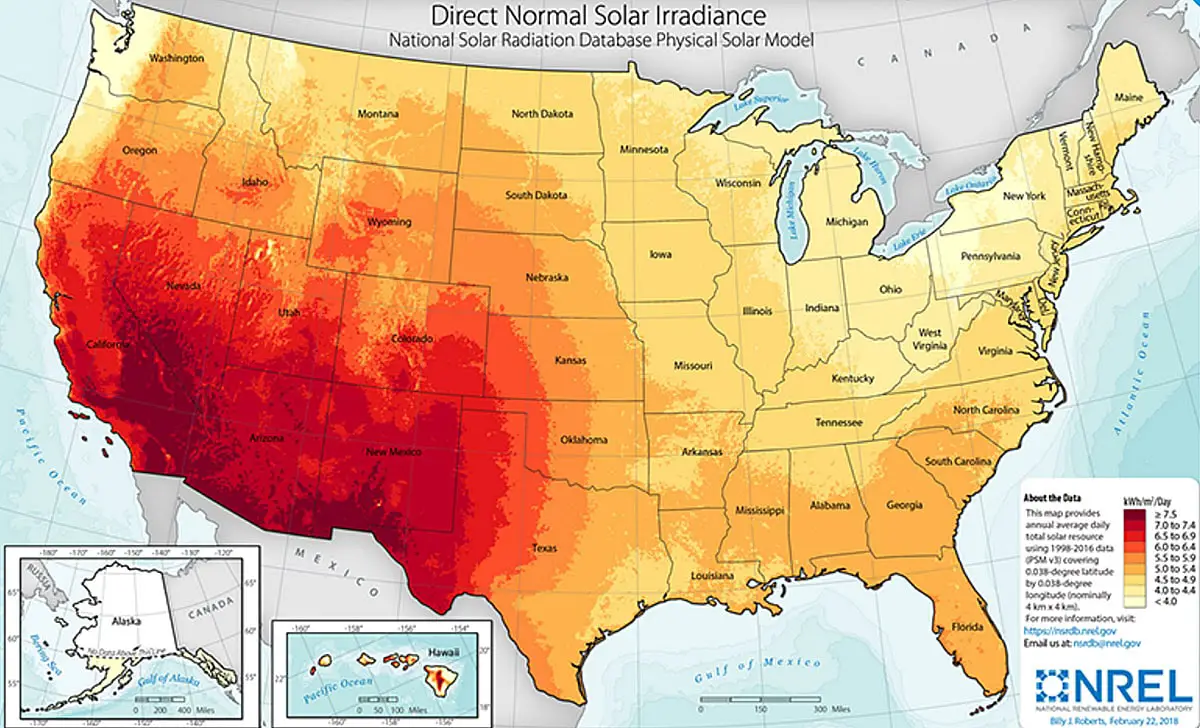
Credit: National Renewable Energy Laboratory www.nrel.gov
So: Have we been putting the solar panels where the sun shines best? In a word: No.
Where the solar farms grow (Each point below represents a site with 3000 or more solar panels)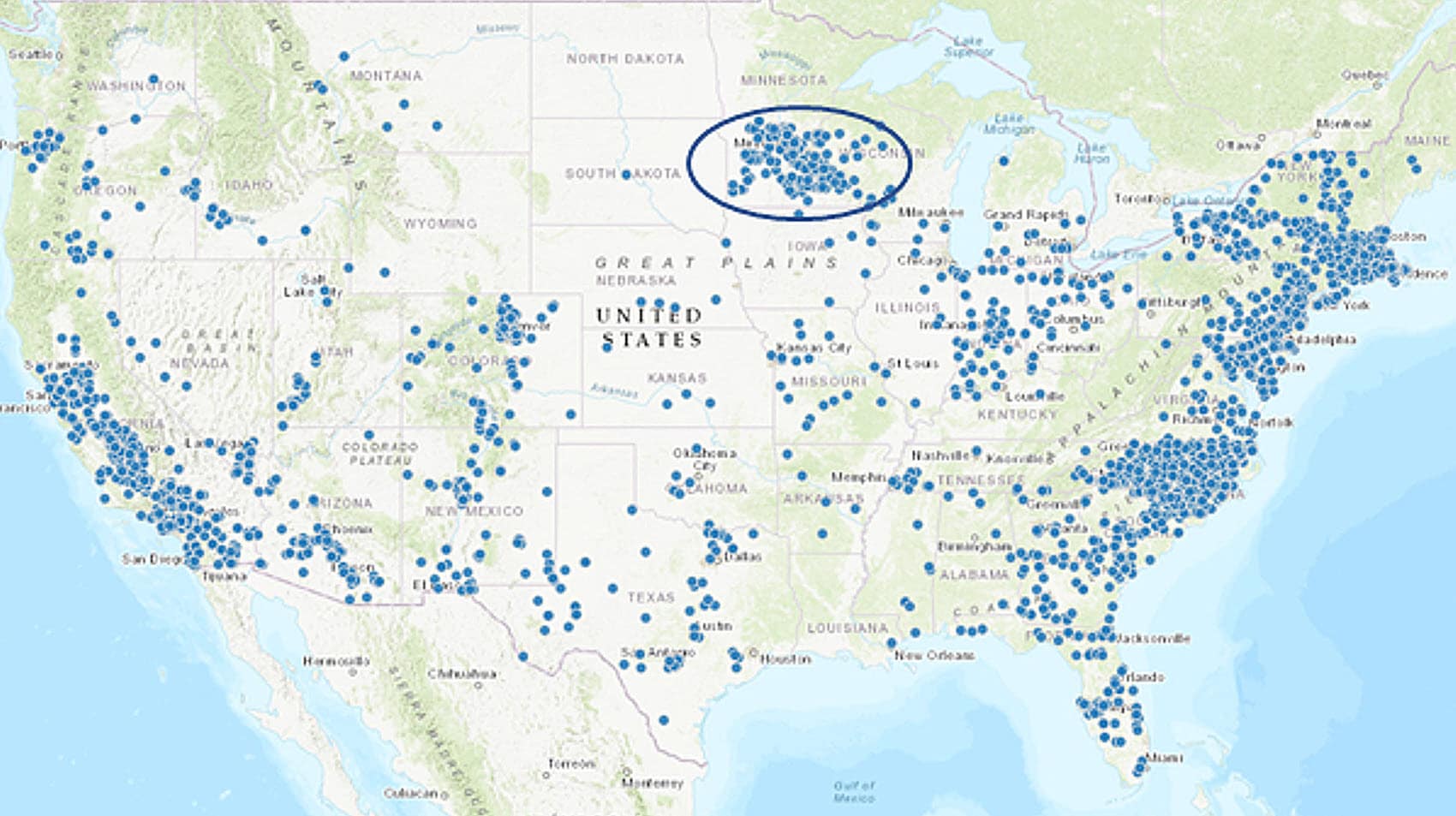
Credit: US Energy Information Agency
The large (circled) Minnesota cluster is just one perplexing example: little sun, especially in winter; lots of panels. In your mind, stack these two solar maps and peer through. Do they match up?
Not even close.
It’s a great time to fix this 😊 — we’ve barely begun to install the many billions of solar panels we’ll need to meet 2050’s goals (see poweringaplanet.com). We should create a new national policy now to install them where the sun really shines.
How could the country organize and pay for such a massive undertaking?
Here’s an idea:
What if the Federal government were to create a new, stand-alone “Clean Energy Agency” to handle it? There is precedent: Consider the Tennessee Valley Authority created in the 1930s that provided electricity and flood control for the southeastern U.S. The new CEA could focus on installing our solar panels where they’ll work best: on the enormous, empty Federal lands in the southwest. It could also begin to build a new and efficient electricity grid to move that green energy to utilities throughout the country. Local utility companies could focus on distribution to their customers; the CEA would provide the green power on a national scale.
In addition:
How about making this an opportunity for ordinary people to help solve the climate problem and make a little money, too? Most folks can’t justify spending tens of thousands of dollars to install solar panels on their roof. It’s not a good investment (especially up north) and the incentives that make it even moderately attractive are already being reduced. I often hear the question, “What can I do to help with the climate change problem?” The answer might be here:
A new CEA could encourage millions of individual U.S. citizens to help, by providing a cost-effective way to buy their own solar panels to be installed in the sun belt.
Anyone could buy a group of panels through the CEA. If millions of people were to take advantage of such an opportunity (thus encouraging companies to construct new state-of-the-art U.S. factories, given likely CEA acquisitions in the billions), about $3500* ought to cover an individual’s purchase of 25 panels through the new Agency.
In contrast, the 25 panels typically installed on a home rooftop cost about $25,000, on average! That’s a huge difference, and often the result is also an inefficient location for the panels. That group of 25 panels, placed instead in the sun belt where its output would be maximized, could generate electricity worth about $2000 per year** when sold by the CEA to utilities nationwide. If half the U.S. population volunteered to become owners, the CEA could have a $25-50 billion annual budget from electricity sales.
Half that annual budget would maintain the CEA-operated southwestern solar power system and begin to build nationwide high-efficiency power lines. The other half would go to the millions of citizen owners whose $3500 investments could return $1000 per year, each.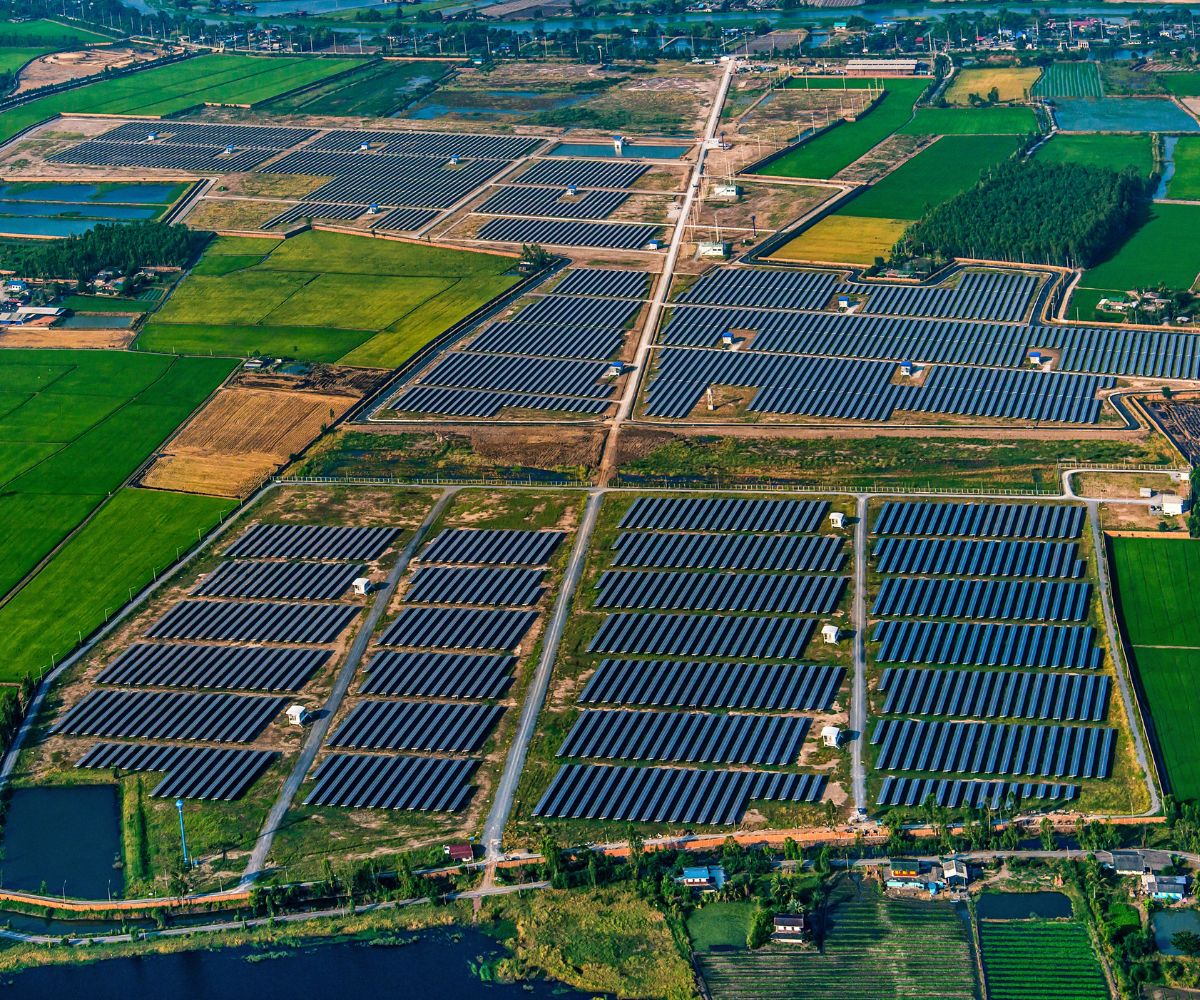
Best of all, billions of solar panels would end up where the sun shines best, and we’ll all have been able to help. 😊
We’d probably limit each citizen’s investment to a couple of 25-panel sets, to allow everyone in the country (kids included, since many are concerned about climate change) to participate if they’d like. The CEA could offer financing to help. And, I think that we’d require by law that ownership of each set of solar panels would remain permanently in the hands of the purchasing individual, as inheritable real property. No billionaire would be able to quietly buy them up over the years. This should remain an all-hands national effort.
Although this is just a rough idea, it’s interesting to think that, besides an initial (to be reimbursed) Federal investment to jumpstart the CEA’s solar panel installations, no government money would be needed to build a system that could supply a lot of the green energy we’ll need. We’d avoid the usual inefficiency associated with taxing citizens, then returning only a fraction of the money to a project.
We would have to carry the power to the people.
That’s not a problem for the southwestern U.S. where much of the solar energy would be produced, but it’s not so simple for the rest of the country. As mentioned, the CEA could immediately start building a new, national power distribution system to solve this. It would probably install high-voltage direct-current (HVDC) power lines to move the electricity most efficiently from the sunny southwest (and the windy heartland) across the expanse.
We’ll consider in a follow-up article how HVDC (and the Interstate Highway System’s corridors) could make this energy system more reliable than what we have now. As a preface, consider last June’s gasoline crisis: a single pipeline from Texas was computer-hacked and nearly shut down east coast transportation within just a few days. We already depend on systems that move energy, food and essentially everything else over sometimes planet-spanning networks. We’re reeling from their surprising fragility right now.
An efficient, reliable and renewable energy system would represent powerful progress. 😊
-Bob
My assumptions:
* The solar panels would be purchased by the proposed CEA at $100 each from new U.S. commercial factories. Add $40 per panel for CEA installation in the southwest: 25 x $140 = $3500.
** The CEA would sell electricity to the utilities at perhaps 5 cents per kWh, about 1/3 the average retail price of electricity. The utilities would re-sell at their retail price to cover local distribution system costs. Twenty-five 0.45 kW panels at 11 hr/d and 330 sunny days/yr @$0.05/kWh) = $2000/yr CEA income per 25 panels.
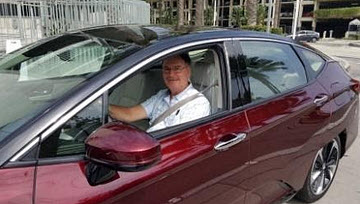 Dr. Robert Meyer is an environmental scientist interested in clean and sustainable energy. He admits to making occasional ballpark estimates to get these conversations rolling 😉 but does try for reasonable accuracy and appreciates comments and corrections. His website is poweringaplanet.com, and his five previous HFN articles can be found at https://tinyurl.com/2p93djfp .
Dr. Robert Meyer is an environmental scientist interested in clean and sustainable energy. He admits to making occasional ballpark estimates to get these conversations rolling 😉 but does try for reasonable accuracy and appreciates comments and corrections. His website is poweringaplanet.com, and his five previous HFN articles can be found at https://tinyurl.com/2p93djfp .
About The Author
Dr. Bob Meyer is an environmental scientist interested in clean and sustainable energy. He admits to making occasional ballpark estimates to get these conversations rolling but does try for reasonable accuracy and appreciates comments and corrections. His website is poweringaplanet.com, and his five previous HFN articles can be found at https://tinyurl.com/2p93djfp
1 Comment
Leave a Reply Cancel reply
This site uses Akismet to reduce spam. Learn how your comment data is processed.


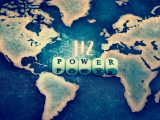

 With over 15 years of reporting hydrogen news, we are your premier source for the latest updates and insights in hydrogen and renewable energy.
With over 15 years of reporting hydrogen news, we are your premier source for the latest updates and insights in hydrogen and renewable energy.
Government and international agencies have to act like big brother to harness RE utilising lesser contribution from consumer s and pass on Benifit s to them to save environment.